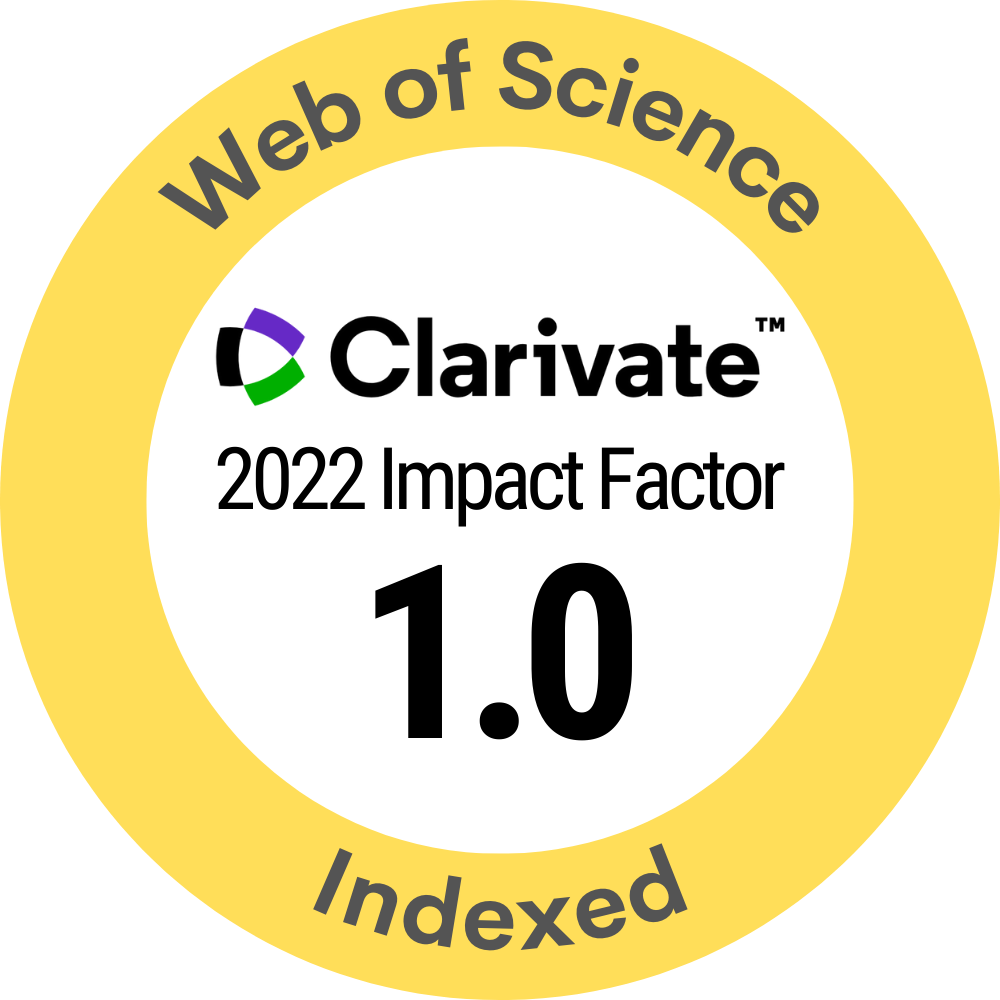Metal Matrix Composite Brake Rotor: Historical Development and Product Life Cycle Analysis
DOI:
https://doi.org/10.15282/ijame.4.2011.8.0038Keywords:
Metal matrix composite; brake rotor; product life cycle; historical developmentAbstract
Metal matrix composites (MMCs) have become attractive for engineering structural applications due to their excellent specific strength and are increasingly seen as an alternative to conventional materials, particularly in the automotive industry. In this study, a historical background on the development and application of metal matrix composites for automotive brake rotors is presented. The discussion also includes an analysis of the product life cycle with stir casting as a case study. The historical review analysis revealed that gradual development of material and processing techniques have led to lighter weight, lower cost and higher performance brake rotors as a result of a better understanding of the mechanics of metal matrix composites. It emerged from the study that the stir casting technique provides ease of operation, sustainability and, most significantly, very competitive costs without sacrificing quality relative to other techniques; as such, it is the most attractive manufacturing process in the industry. These findings can be used for future design and manufacture of an efficient and effective aluminium matrix composite brake rotor for automotive and other applications.







